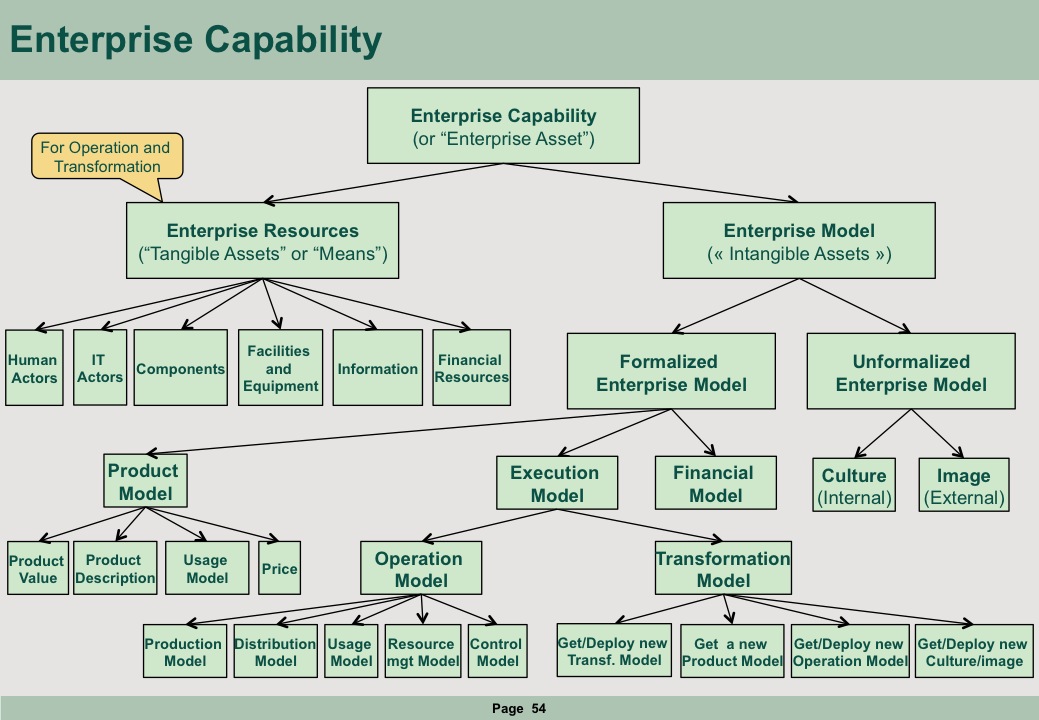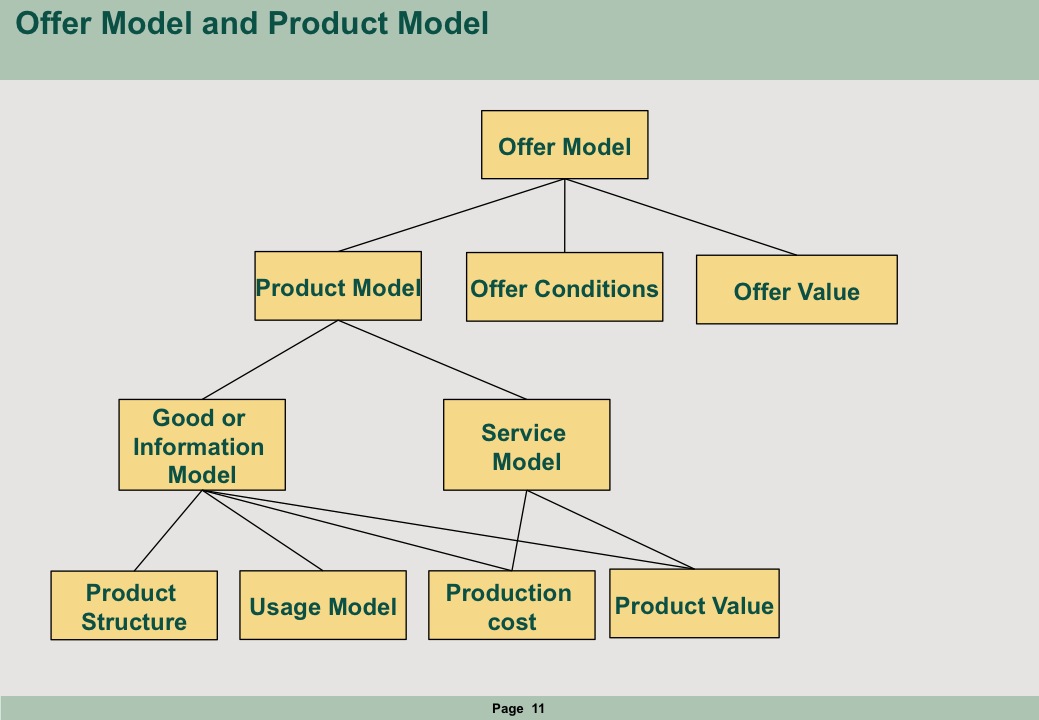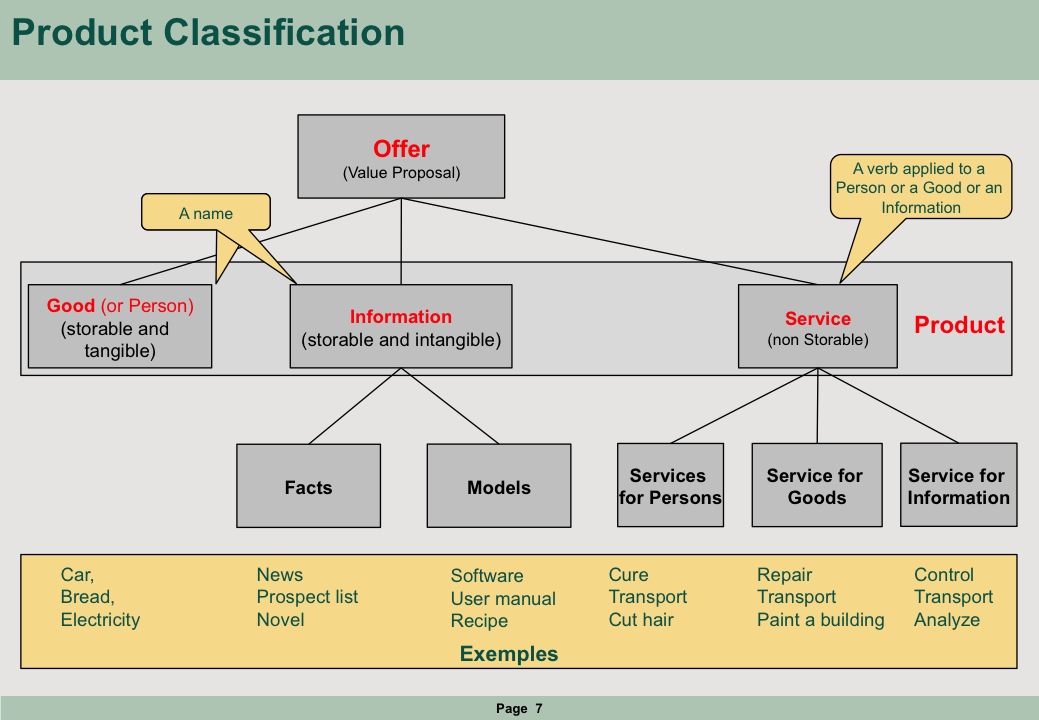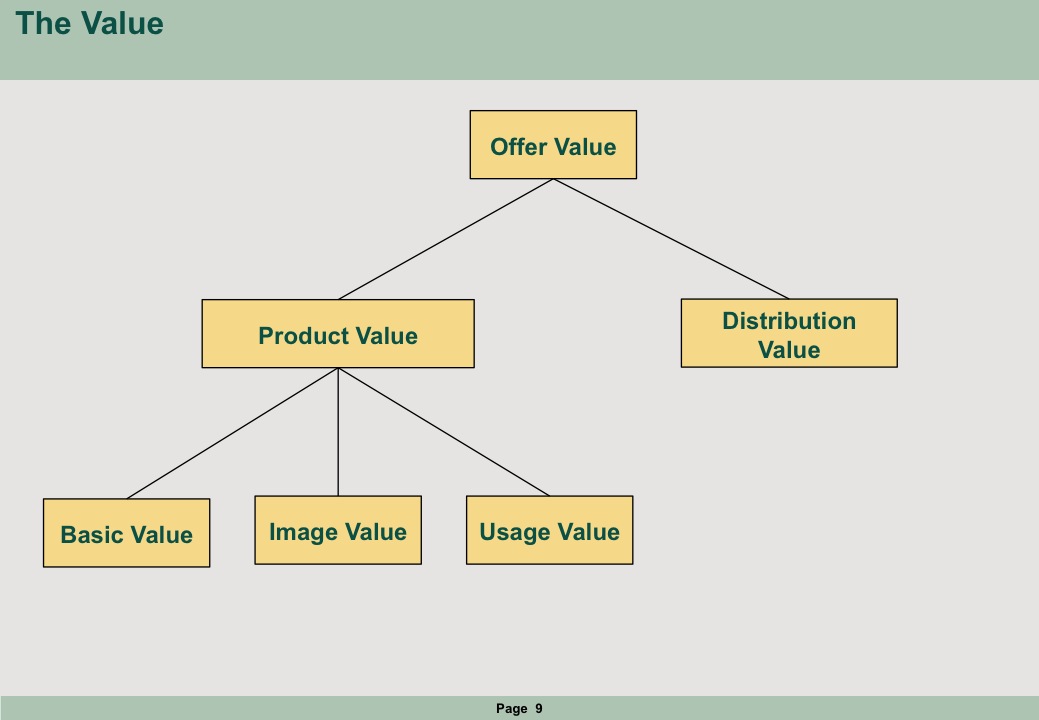CEISAR Glossary
"Naming things badly adds to the misfortunes of the world" (Albert Camus 1944).
Principles- The selected terms must be understandable for both Business and IT Actors
- The definitions should be short and extendable by Role
- The glossary concepts start with a capital
- No homonyms
- Service: Business-Service, IT-Service, Software-Service, by default means "Business-Service"
- Architecture: Architecture Model or Architecture
Discipline, by default mean "Architecture Model"
- Action
- Task executed by an Actor. Can be a Process or a Function or an Activity. Recursive: an Action is decomposed into Actions. Always named by a verb.
- Activity
- Group of Functions
of an Organized Process executed by the same
Actor at the same time.
Example: taking an order and the delivery are both Activities from the same Order Process.
- Actor
- One who executes an Action. A difference is made between a Human-Actor, an IT-Actor (programmable machine or "digital object") or an Assisted-Actor (when a Human-Actor and an IT-Actor are combined).
- Agility and Reactivity
- Agility is the ability to Transform fast and well. It
enables us to reduce the time between the arrival of a new
idea and its availability in the Enterprise Operations. Reactivity
is the ability to Operate fast and well.
- Approach
- Transformation
process. We generally distinguish:
- Linear Approach: each stage must be finished before starting on the next one (e.g., define all requirements before starting to build the Model)
- Agile Approach: we proceed by iteration
- Architecture
- 2 meanings:
- Deliverable: Architecture Description represents the structure (in the sense of structuring elements) of a Model (cf. IEEE 1471 standard).
- Practical: Architecture Discipline represents
the Transformation Processes to build the Architecture
Description.
- Building a Model
- Action of creating a new Model or of modifying an existing Model. After being Built, the Model must be Deployed.
- Business Process
- Business
Function chain (excluding Organization Functions)
triggered by an independent Business Event and executed to
deliver Value to an Actor
who is the "customer" of the Process.
Example: Hire a new employee, Handle an order, Sell a Product... - Business Solution
- Solution whose needs are specific to a Business, such as "Production" Solutions. It is often a Solution that enables us to differentiate ourselves from the competition.
- Capability
- Enterprise Capability is what the Enterprise is capable of doing with its Resources and Models.

- Commodity Solution
- Solution whose needs are the same in different Businesses.
E.g., Solutions for accounting, payroll...
They are relatively stable and are often implemented as Software Packages or Cloud services. - Competence
- Defines what the Actor knows how to do (and not "should do"). For IT-Actors, the competence is called "Configuration".
- Culture
- Enterprise employee behavior Model.
- Customer
- One for whom the Product
or is intended. A Customer regroups different roles which may or
may not be carried out by the same individual or legal
entity:
- Beneficiary of the Product Value
- Product User
- Decision Maker
- Payer
- Recipient of the information
- Deployment
- Part of the Transformation Process that aims to adapt the Operational Resources to the new Model that has been Built: reorganization, training, installing IT hardware, loading software, data migration, adapting the premises,...
- Enterprise
- An Enterprise is an agent that brings Value to its Customers through a Product. It covers not only capitalistic Enterprises, but also public institutions, universities, research centers, associations... An Enterprise may be a legal entity, a subpart of a legal entity or a network of legal entities.
- Enterprise Architecture
-
The Enterprise Architecture Description represents the structure of the Enterprise Operation Model and Transformation Model.
It generally takes the form of maps, which provide a global view, in order to better understand a complex Model: Process Map, Entity Map, Function map and Solutions map are the most frequently used.
The Enterprise Architecture Discipline represents all the Transformation Processes and principles necessary for building the Enterprise Architecture.
- Fact
- A Fact is a piece of Information describing the reality either in the Operations (e.g., data on a Customer) or the Transformation (e.g., project schedule).
- Function (or Rule)
- Action within a Process. A Function can call other Functions. The same Function can be reused in different Processes. A Business Function is independent of the Organization chosen by the Enterprise. Example: "verify a piece of information", "calculate a price". An Organization Function is added to implement the Organization. Example: "verify authorization".
- Foundation
- Groups together everything that can be reused for the common good in the Enterprise:
- The Transformation Model
- The Enterprise Architecture
- The Solution Components and Product Components
- The Products reusable in the different Organizational Units of a group
- The Solutions reusable in the different Organizational Units of a group
- Goal
- What the Enterprise would like to reach at the end of a
Transformation. Not to be confused with Enterprise Model:
the Goal describes "why" we Transform, whereas the new Enterprise Model contains the "how".
A Goal includes:
- Image
- Model of the way the outside world perceives the Enterprise
(customers and prospects, partners, competitors
and the authorities).
- Information
- That which enables the brain to communicate, both in input and output.
- Market
- Real or virtual space where Products are exchanged. A space
is defined by all or part of the following dimensions:
- the Values sought by the customers
- the Product lines
- the customer segments
- the geographic territory
- Model
- Representation that simplifies the real world to better
apprehend, memorize, communicate and modify it.
The Model can be global via Maps (business Entity maps, Process maps, Function maps, Block maps, Service maps...) or detailed. - Actor Model
- Formalizes the Role of the Actors.
- Action Model
- Describes the instructions given to an Actor to ensure the
proper execution of the Actions.
- For Human-Actors, the instructions are documentation (procedures, user guide, instruction manual, recipe,...)
- For IT-Actors, the instructions are software
- For Assisted-Actors, the instructions are documentation
+ software
- the Process Model ("Sell", "Produce", "Manage")
- the Model of the Functions which make up the Processes ("Fixing the price", "Print").
- Enterprise Model
- Formalizes the running of the Enterprise. It includes the
Models that can be formalized:
- The Product Model
- The Execution Model
-
- The Operation Model
- The Transformation Model
- The Financial Model
- Execution Model
- The Execution Model has 3 parts:
- The Actor Model: the Human-Actor Model is called "Roles" (Seller, Producer, Administrator), the IT-Actor Model is called "IT-Configurations" (Hardware, Software, network).
- The Action Model
- The Information Model of the Customer, Product,
Contract, Account...
- Information Model (or Data Model)
- Defines the common Business language, the Object Models, their
relations and inheritance.
Describes how the Objects are identified, versioned, linked together and detailed with Attributes and Types.
- Operation Model
- An Execution Model which describes the Operations:
Production Model, Distribution Model,
Resource management Model, Management Model.
- Product Model
- Formalizes the Product decomposition, its Utilization Model, its Production cost
and the Value it
brings.

- Service Model
- Formalizes the Production cost of the Service and the Value it brings.
- Transformation Model
- An Execution Model which describes the Transformation:
to Define the Goal,
Define the Architecture and Foundation, Build the Model and
Deploy the Model.
- Object
- Identifiable element from the real world. For example: Mr.
Smith, Mr. Smith's Contract, Mr. Smith's Account...
A Business Object is required for the Business, independently of the Enterprise Organization. Example: Product, Customer, Contract or Account.
An Organization Object is required for the Organization of the work. Example: Organizational Unit, Position, Rights, Duty, Role. - Offer
- What the Enterprise Distributes. The Offer Model is
made up of:
- the Product(s) or Service(s) that constitute(s) the Offer
- the conditions of the Offer (cost, eligibility)
- the Value the Offer brings
- Operations
- All the Processes and Resources that contribute to
delivering the Product to the Customer:
essentially, Produce, Distribute, manage the Resources and
Drive the Enterprise.
- Organizational Unit (or Unit)
- Node of the hierarchical structure of an Enterprise like
Management, Department, Branch.
The smallest Organizational Unit is that of Position, to which we can only allocate one Actor.
Example: "Sales rep N°2 in branch X", "Assistant to the CEO".
The Human-Actors and IT-Actors are assigned to Organizational Units. - Organized Process (or Process)
- Set of Business Process Functions triggered by an
Organization Event.
Example: the Business Process "Manage a Customer Order" can be expressed in two Organized Processes "Get the Customer Order" triggered by the Event "Customer inquiry" and " Deliver the Products" triggered by the Event "The truck is full". - Product
- Object which brings Value to the Customer.
A Product can be Goods (like a car or a sandwich or electricity), or Information (like News, customer data or a Model), or a Service.
Goods and Information are stockable, a Service is not.
A Product line is a set of similar Product Models.
- Resources
- Means that are required to execute Operation
and Transformation Models.
They are first and foremost the Actors: Human-Actors and IT-Actors, but also the Information, financial means, premises, Components, supplies and equipment. - Reusable Component
- Model elements that can be assembled to build more important Models.
There are 2 types of Components:
- Product Components which are part of the Product Model
- Solution Components which are part of the Operation Model
- Reuse and Sharing
- Definition of the Shared Resources or Reusable Models grouped together in the "Foundation".
- Role
- Rights and duties of an Actor. Not to be confused with an Actor's Competence.
- Solution
- Coherent grouping together of Action Models
and Information Models.
A Solution is both
- software for the IT-Actors, called "Application"
- documentation for the Human-Actors describing Processes and Functions
- Solution Component
- Model
element which is reusable by different Solutions: Class,
Function, information model, type, pattern…
Distinguish the Black Component (public interface, hidden implementation like a "black box") from the White Component (inheritance, types, patterns). - Transformation
- Creation/Modification of an Enterprise Model and adaption of the Operational Resources to this Model.
- Transformation Tools
- Tools to support the execution of the Transformation
Functions.
E.g., Tools for simulation, mapping, requirements management, Process modeling, analysis/design, Development, programming, quality control, collaborative work, tests, configuration management, documentation, integration... - Value
- What the Customer
seeks: satisfy the basic needs, security, knowledge, image,
simplicity, comfort, power, pleasure,...
The basic Value includes the essential functionalities of a product or Service: a vehicle enables us to get about with a certain degree of comfort, safety and performance.
- View
- Presentation of a part of a Model adapted to an Actor. The same Model has to offer different views: one for the Business expert, one for the IT developer, one of the operational actor, one for the architect...
- Vision
- The Vision describes the Transformation Goal (why are we Transforming?) and the new Enterprise Model, which enables this Goal to be satisfied (the new Offer Model, Operation Model, the new Image or the new Culture).

The story of George the Baker is made available under the terms of the
Creative Commons Attribution - NoDerivatives 4.0 International license.